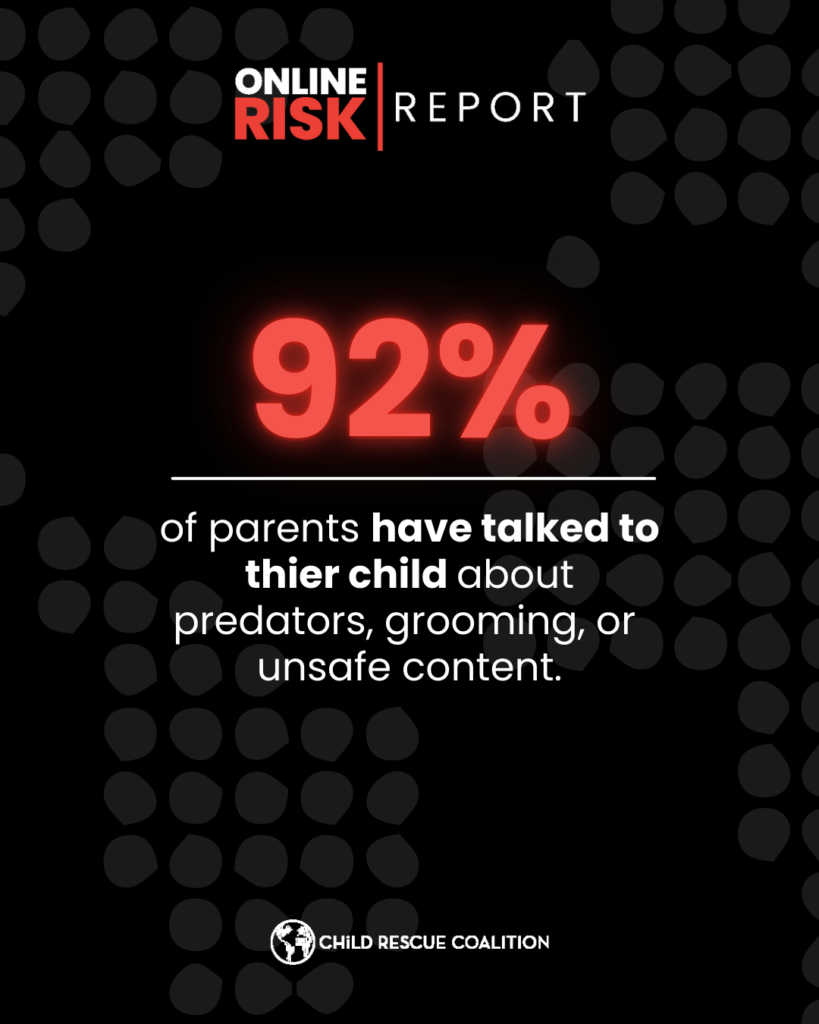The Digital Double Life: Why Kids Don’t Always Tell Parents What They Do Online
Parents today work hard to keep their children safe online, yet even the most engaged families may not realize how much goes unshared. According to our Online Risk Report, while 92% of parents report talking with their kids about online dangers, fewer than half (46%) say their child has ever come to them about something that made them uncomfortable online. That gap reveals a hidden reality: children may be experiencing or witnessing concerning content, but don’t disclose it to the adults in their lives.
This lack of disclosure matters because nearly half of parents aren’t regularly checking their child’s devices, and one-third aren’t using monitoring tools or parental control software. That means for many families, understanding what’s happening online relies almost entirely on a child’s willingness to share. But without open communication and trust, parents can only guess at the risks their child may face.
Understanding the Disconnect
Kids may avoid sharing online experiences for several reasons. They might fear getting in trouble, feel embarrassed about a mistake, or simply assume their parents won’t understand. In other cases, children may not recognize certain interactions – like grooming or sextortion attempts – as dangerous, so they don’t see the need to tell an adult.
The key for parents isn’t just talking; it’s creating an environment where children feel safe, heard, and empowered to disclose concerns.
Strategies to Encourage Honesty and Reduce Secrecy
- Have Regular, Non-Judgmental Conversations: Ask open-ended questions about your child’s online life. Listen actively and respond without anger or blame. Even casual check-ins can help children feel safe to share.
- Educate About Online Risks: Children may not recognize warning signs or the potential consequences of certain online behaviors. Teach them about grooming, sextortion, cyberbullying, and privacy risks so they can identify dangerous situations.
- Establish Clear Rules and Expectations Together: Work with your child to set boundaries for screen time, app use, and online interactions. When kids participate in setting the rules, they’re more likely to follow them, and to come forward if something goes wrong.
- Use Monitoring Tools Thoughtfully: Tools like parental controls and device monitoring software provide insight into online behavior. These tools are not meant to punish children or invade their privacy, but to protect them and create opportunities for informed conversations.
- Model Positive Online Behavior: Children learn from observing their parents. Demonstrating responsible internet use and safety-conscious habits encourages them to do the same.
Bridging the Digital Divide
Understanding what children do online requires more than checking apps or setting rules – it requires trust, ongoing dialogue, and parental engagement. By combining awareness, conversation, and technology, parents can close the gap between what’s happening online and what children actually report, helping them navigate the digital world safely.
Discover more potential gaps and how to close them by exploring the Child Rescue Coalition Online Risk Report and our educational resources.


